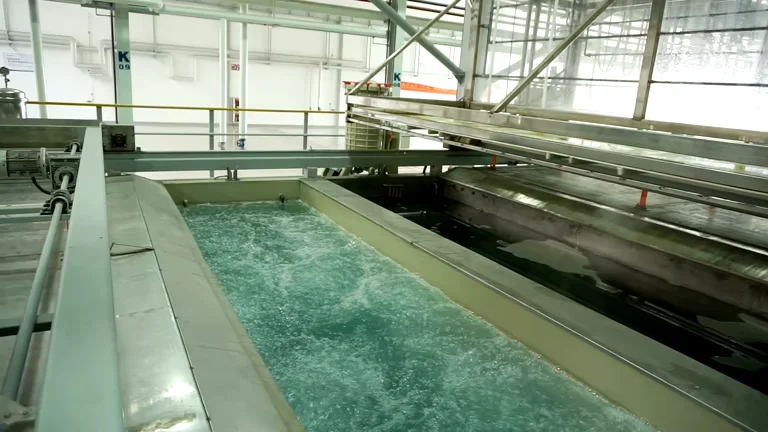
Introduction
Cyanide - containing wastewater, particularly those derived from Sodium Cyanide, is a major environmental concern. Such wastewater is highly toxic and mainly stems from industries like electroplating, gas production, coking, metallurgy, metal processing, chemical fiber, plastic, pesticide, and the chemical industry. In water, it is unstable and prone to decomposition. Both inorganic and organic cyanides are extremely poisonous substances. For instance, the lethal dose of cyanide to the human body is 0.18 g, and that of potassium cyanide is 0.12 g. In addition, the lethal concentration of cyanide to fish in water ranges from 0.04 - 0.1 mg/L. As a result, effective treatment methods are urgently required to mitigate its harmful impact on the environment and human health.
The Basics of Electrolytic Oxidation for Cyanide - containing Wastewater
The Electrolytic oxidation process for treating Sodium cyanide wastewater operates on the principle of using an electric current to drive chemical reactions at the anode and cathode, thereby converting the cyanide in the wastewater into less harmful substances. In this process, both simple cyanide and complex cyanide in the wastewater undergo electrolysis.
Anode Reactions
For Simple Cyanide: During the first - stage reaction at the anode, simple cyanide reacts vigorously with other substances in the wastewater to form a less toxic compound. In the subsequent second stage, two reactions occur. One reaction further breaks down this compound into carbon dioxide, nitrogen, and water. The other reaction results in the generation of ammonium.
For Coordination Cyanide (Taking Copper - containing Complex as an Example): When coordination cyanide, like copper - containing complexes, reaches the anode, it reacts to form copper ions and another less toxic compound. When table salt is added to the electrolytic medium, additional reactions take place. Chloride ions from the salt are oxidized to form nascent chlorine. This nascent chlorine then reacts with cyanide and other substances in the wastewater to break down the cyanide compounds into less harmful products, including carbon dioxide, nitrogen, and chloride ions.
Cathode Reactions
At the cathode, hydrogen ions gain electrons and form hydrogen gas. For metal - containing cyanide complexes, such as those with copper, copper ions gain electrons and can be deposited as copper metal. Under certain conditions, copper ions can also react with hydroxide ions to form copper hydroxide precipitate.
Key Considerations in the Electrolytic Oxidation Process
Electrode Materials: The choice of electrode materials is crucial. In many cases, mild steel can be used as the cathode material. However, anodes need to withstand the harsh electrochemical environment. Dimensionally stable anodes (DSA), which are made of noble metal oxides and produced by several companies, are well - suited for this application. Graphite can also serve as an anode material, but it has the drawback of being gradually consumed during the electrolysis process.
Temperature Control: The temperature of the waste liquid during electrolysis needs to be carefully regulated. It should generally be kept below 25 °C. If the temperature rises too high, the chlorine produced from the oxidation of chloride ions in the added salt will escape before it can react with the cyanide, thereby reducing the efficiency of the cyanide - destruction process.
Chloride Ion Addition: Adding chloride ions to the wastewater can enhance the electrolytic oxidation of cyanide. Typically, adding 1 - 2 g/L of chloride ions is sufficient. In some cases, adding common salt (sodium chloride) at a concentration of 25 g per litre to the waste liquid has been shown to effectively assist in the electrolytic destruction of cyanide.
Advantages of the Electrolytic Oxidation Process
High Efficiency for High - Concentration Wastewater: The electrolytic oxidation process is particularly effective for treating high - concentration cyanide - containing wastewater, such as those found in gold mines. It can significantly reduce the cyanide concentration in the wastewater.
In - Situ Generation of Reactive Species: During electrolysis, reactive species like nascent chlorine are generated within the system. This eliminates the need for external addition of potentially hazardous and expensive oxidizing agents in large quantities.
Flexibility: The process can be adjusted according to the specific composition of the wastewater. By controlling parameters such as current density, voltage, and the addition of certain salts, the electrolytic oxidation process can be optimized for different types of cyanide - containing wastewater, whether they contain simple or complex cyanide compounds.
Conclusion
The electrolytic oxidation process offers a promising solution for treating sodium cyanide wastewater. By understanding the chemical reactions that occur at the anode and cathode, carefully selecting electrode materials, controlling the temperature, and adding appropriate amounts of chloride ions, this method can effectively remove cyanide pollution from wastewater. As industries continue to seek more sustainable and efficient ways to manage their waste, the electrolytic oxidation process is likely to gain more widespread application in the treatment of cyanide - containing wastewater. However, further research and development are still needed to improve the process, reduce costs, and enhance its overall efficiency and environmental friendliness.
- Random Content
- Hot content
- Hot review content
- Acetone
- Potassium Permanganate – Industrial Grade
- Sodium Peroxide
- Antimonium Tartrate Potassium
- Feed Grade 98.0% Calcium Formate
- Sodium Metasilicate Pentahydrate
- Adipic acid 99% used as the material of nylon 66
- 1Discounted Sodium Cyanide (CAS: 143-33-9) for Mining - High Quality & Competitive Pricing
- 2Sodium Cyanide 98% CAS 143-33-9 gold dressing agent Essential for Mining and Chemical Industries
- 3Sodium Cyanide 98%+ CAS 143-33-9
- 4Anhydrous Oxalic acid 99.6% Industrial Grade
- 5Oxalic acid for mining 99.6%
- 6Soda Ash Dense / Light 99.2% Sodium Carbonate Washing Soda
- 7Reagent Grade/Industrial Grade Hydrochloric Acid min.31%
- 1Sodium Cyanide 98% CAS 143-33-9 gold dressing agent Essential for Mining and Chemical Industries
- 2High Quality 99% Purity of Cyanuric chloride ISO 9001:2005 REACH Verified Producer
- 3 High-Quality Sodium Cyanide for Leaching
- 4Powdery emulsion explosive
- 5Industry Grade Electron grade 98% Sulfuric Acid H2SO4 Sulphuric Acid Battery Acid Industrial Sulfuric Acid
- 6Colloidal emulsion explosive
- 7sodium hydrosulfide 70% flakes used Mining Industry



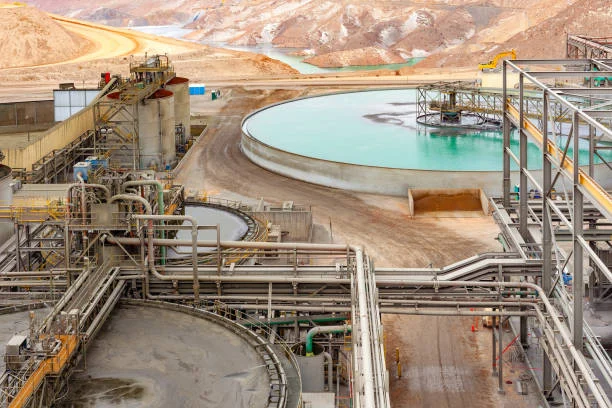
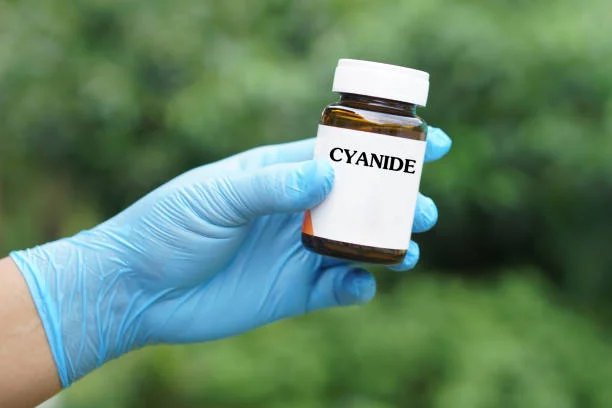

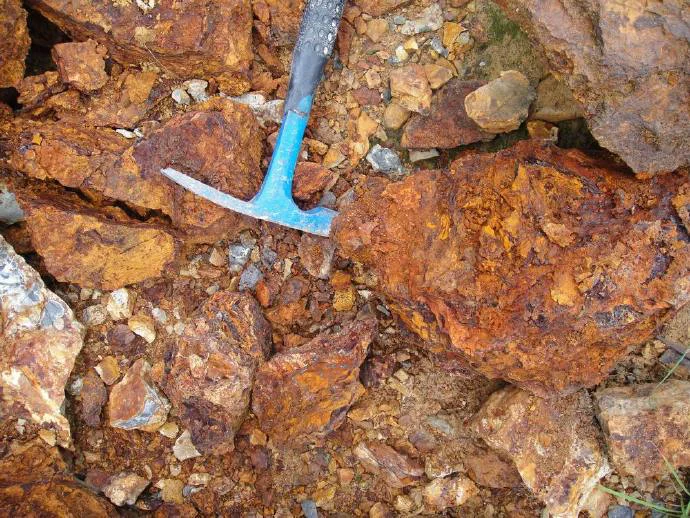
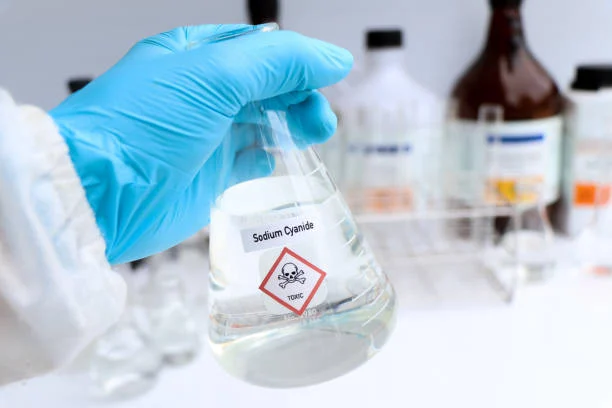
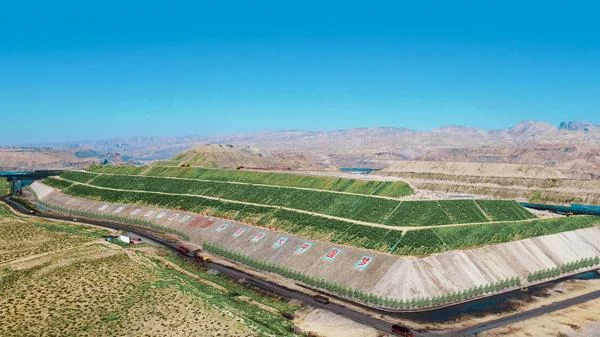


Online message consultation
Add comment: